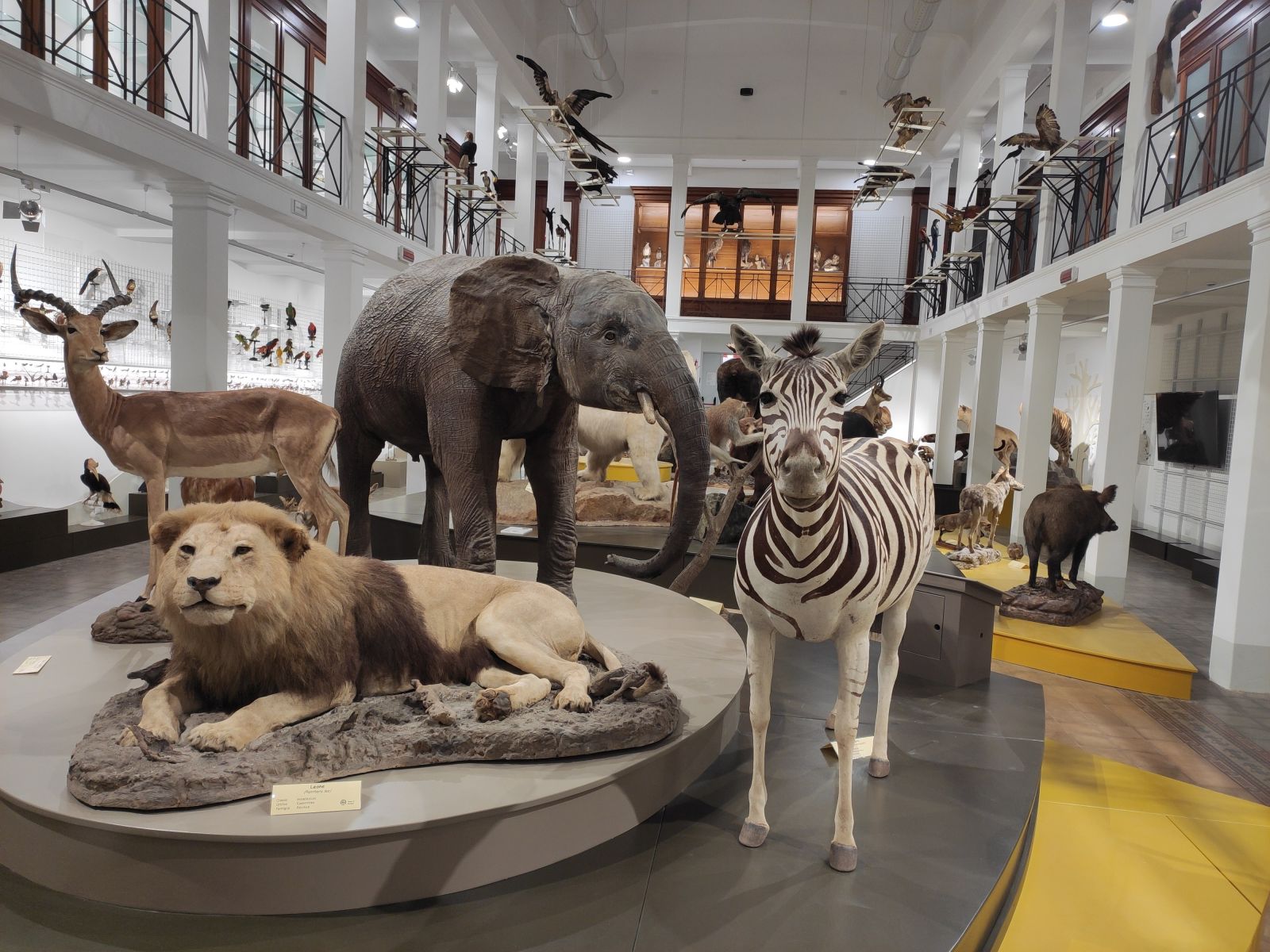History
The birth of the Museum of Zoology is inextricably linked to the work of Prof. Andrea Aradas, first professor of Zoology, who in 1852 became at first provisional professor and later, by direct appointment of Ferdinando di Borbone, full professor of "Zoology and Comparative Anatomy ” at the Royal University of Catania, a role he held until the moment of his death.
The malacological collections put together by Aradas before and during this work at the university became the basis for his subsequent project, which was to create a "Museum of Zoology" of the Royal University of Catania, which would be built in 1853. Born as the Cabinet of the Chair of Zoology, housed in the central building of the University of Catania at Piazza Università, the initial nucleus of this Cabinet consisted of the collections of the members of the Gioenia Academy of Natural Sciences, donated to the museum that was established.
Thus, thanks to the will of Andrea Aradas and the first donations of zoological material, the oldest Sicilian zoological museum was born.
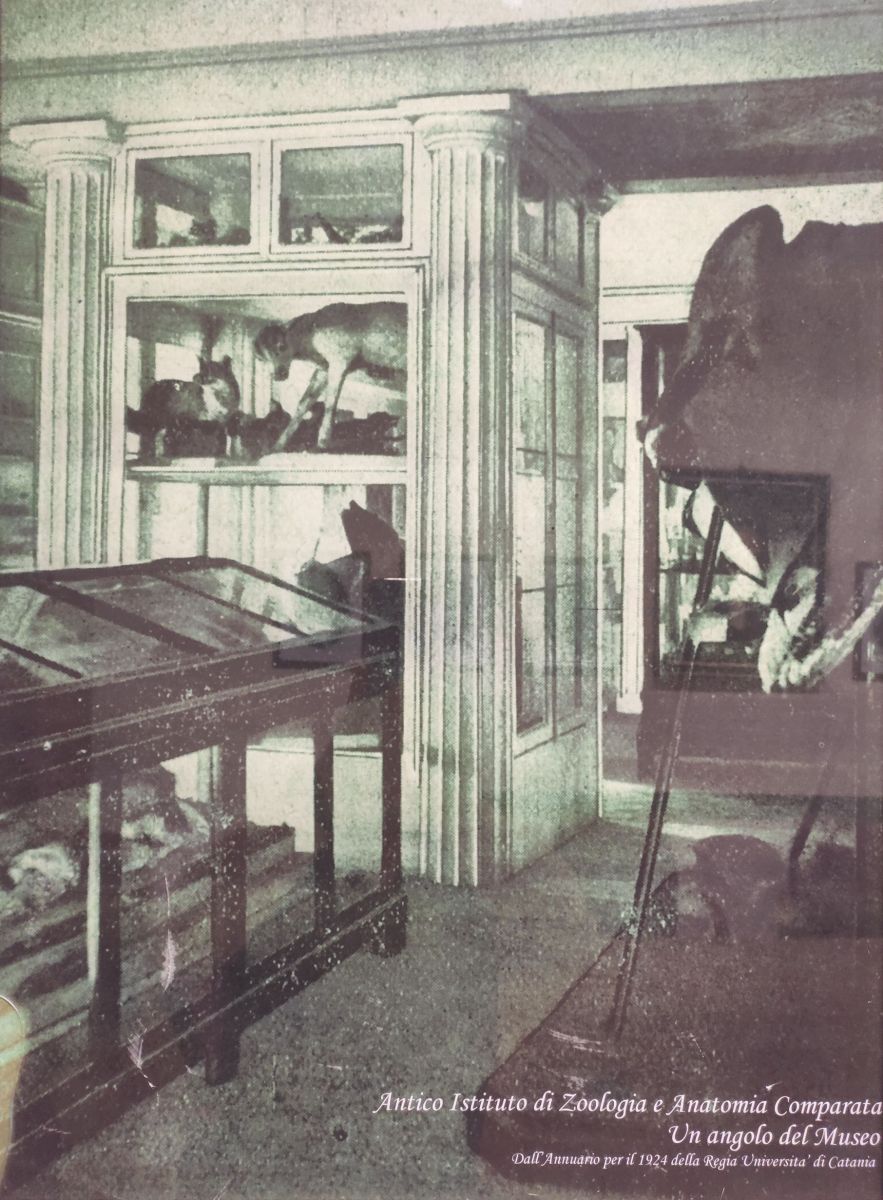
At the end of the 1800s, due to the large number of students enrolled in the university courses and the consequent shortage of classrooms, the premises of the University Building began to prove insufficient to conduct teaching regularly. Thus, in 1907, an area of 8000 square meters was purchased in via Lago di Nicito, which would house the wings intended for the Institutes of Chemistry, Zoology, Physiology, Medical Subjects and General Pathology; in 1922 the works of the Institute of Comparative Anatomy and Zoology with the attached Museum were also completed.
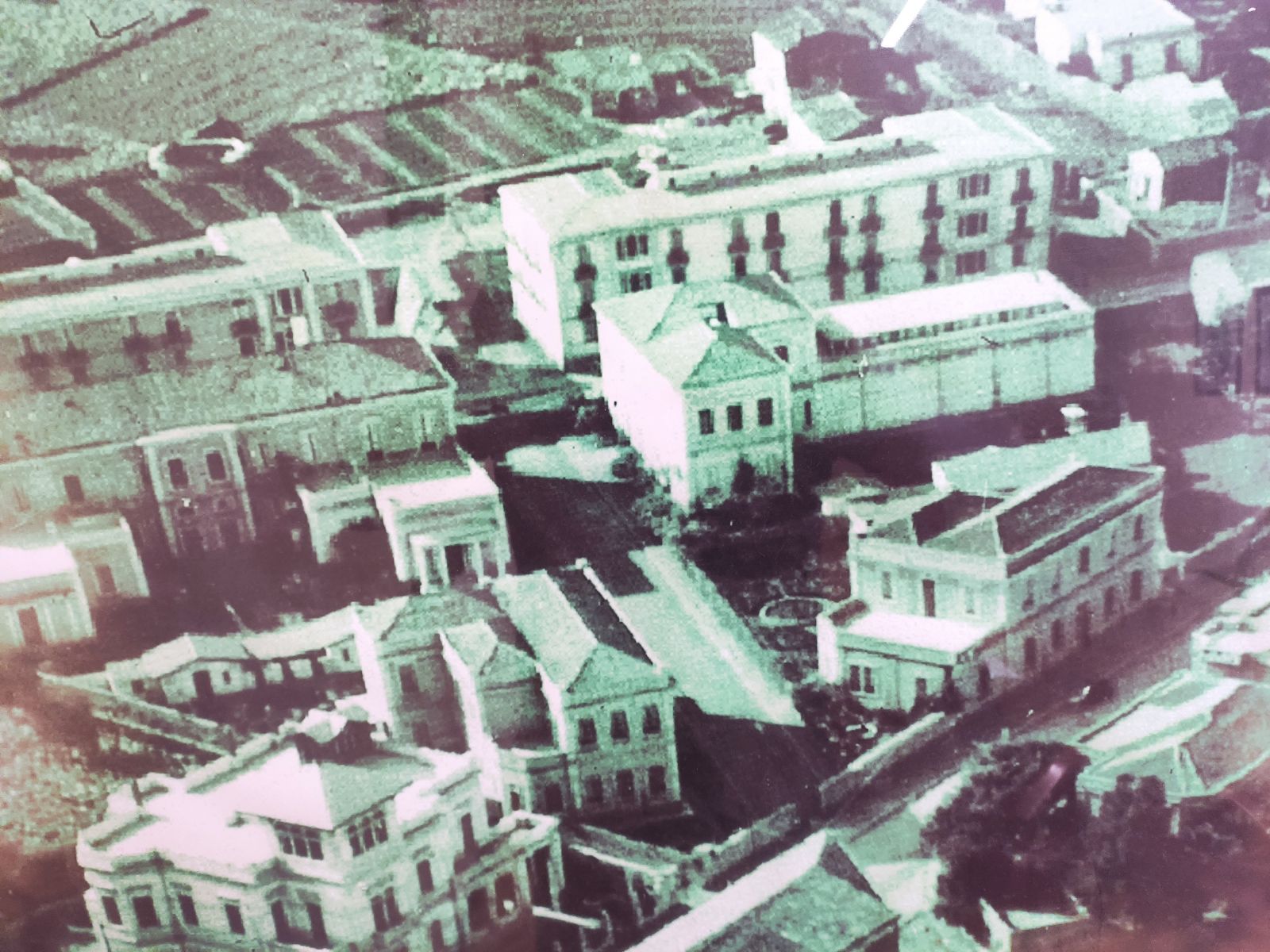
After being housed in the University building for about 70 years, in 1923 the museum was moved to the Art Nouveau building of the new Citadel located in via Androne 81, where it still stands today.
The total usable area of the building intended for museum display is 230 square meters on the ground floor and 80 square meters on the first floor. Along the perimeter walls of the upper floor are the original display cases. On the ground floor, instead, the showcases created in the mid-1980s for the display of larger vertebrate fauna were recently removed, in line with the new exhibition project that will give new life to the museum and its exhibitions.
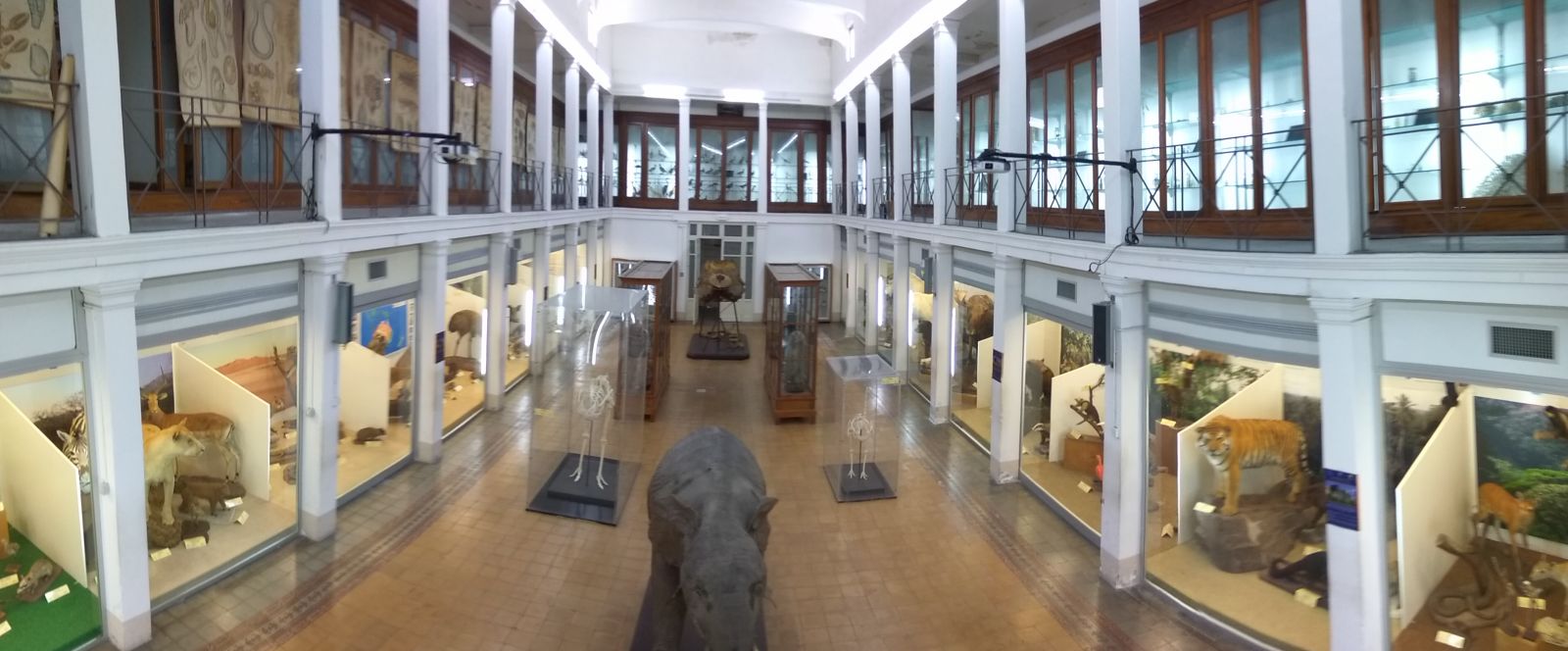
In the 1980s, thanks to a loan from the Catania-Lecce Project, a "House of Butterflies" was added to the museum. It is a steel and glass structure that resembles a large crystal embedded in the ground. Built by architect Manfredi Nicoletti, the side walls diverge from bottom to top in order to capture as much solar energy as possible in the cold season and repulse it, by reflection, in the hot season. The lateral faces of the crystal, which are the walls of the environment, are twenty-two and together they make up a jagged lateral surface in order to keep the heat gain constant throughout the day. Some motorized shutters are placed in opposite positions, in order to create a change of air by natural convection. Today the facility is closed and awaiting a necessary rearrangement.
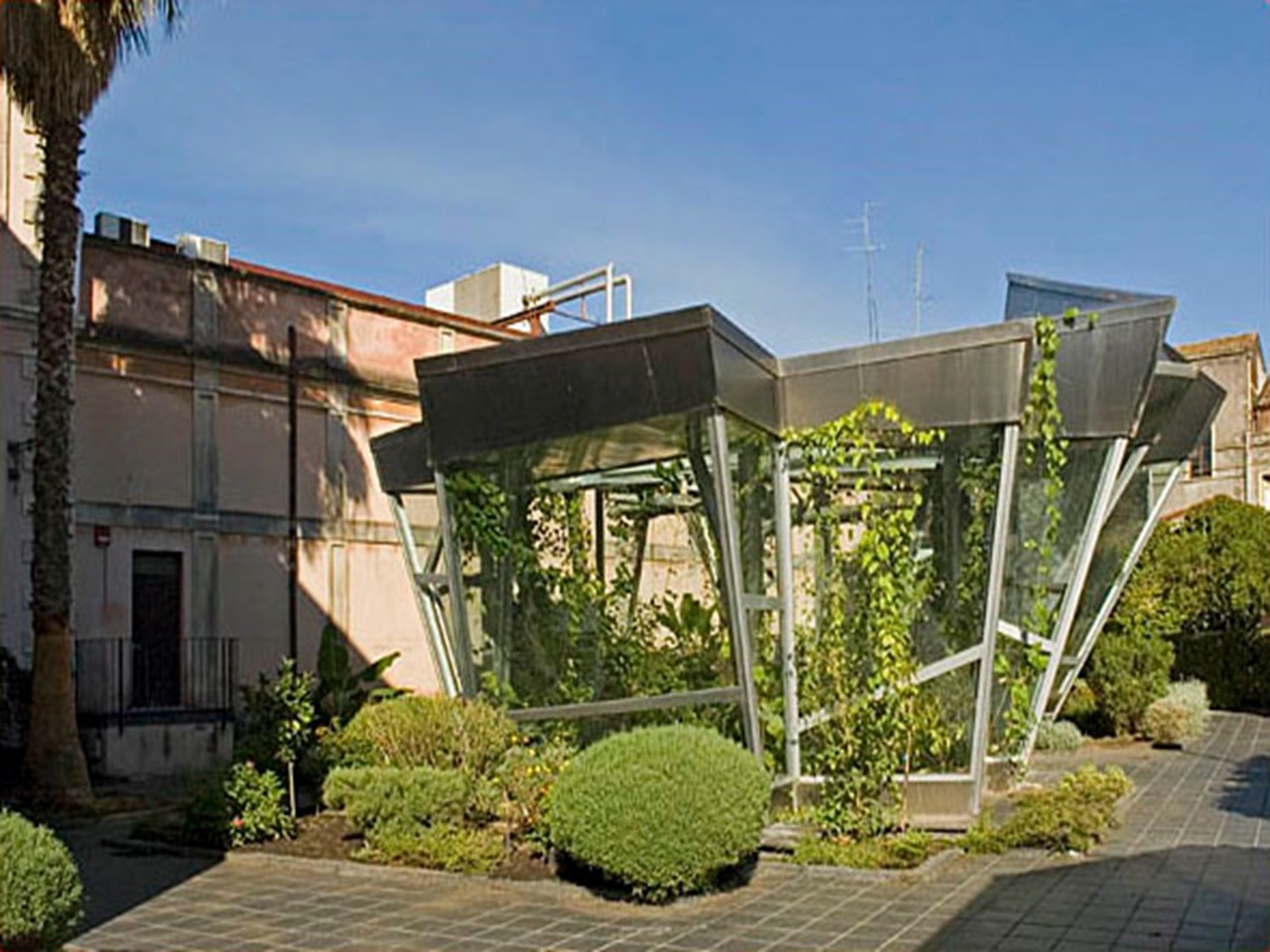
Around the same period of time, thanks to the efforts of Professor Marcello La Greca, several specimens of European and extra-European mammals were purchased with a loan from the former Regional Province of Catania. Among these are worth highlighting, for the amazement they arouse in the visitors of the museum, a large polar bear, an enormous Canadian moose, a splendid tiger and various other large species, of which many are at risk of extinction.
The museum, until 2016, was also used as an auditorium with about eighty seats and two big screens. In addition to university lectures and graduation sessions, there were also seminars, congresses, and conferences.
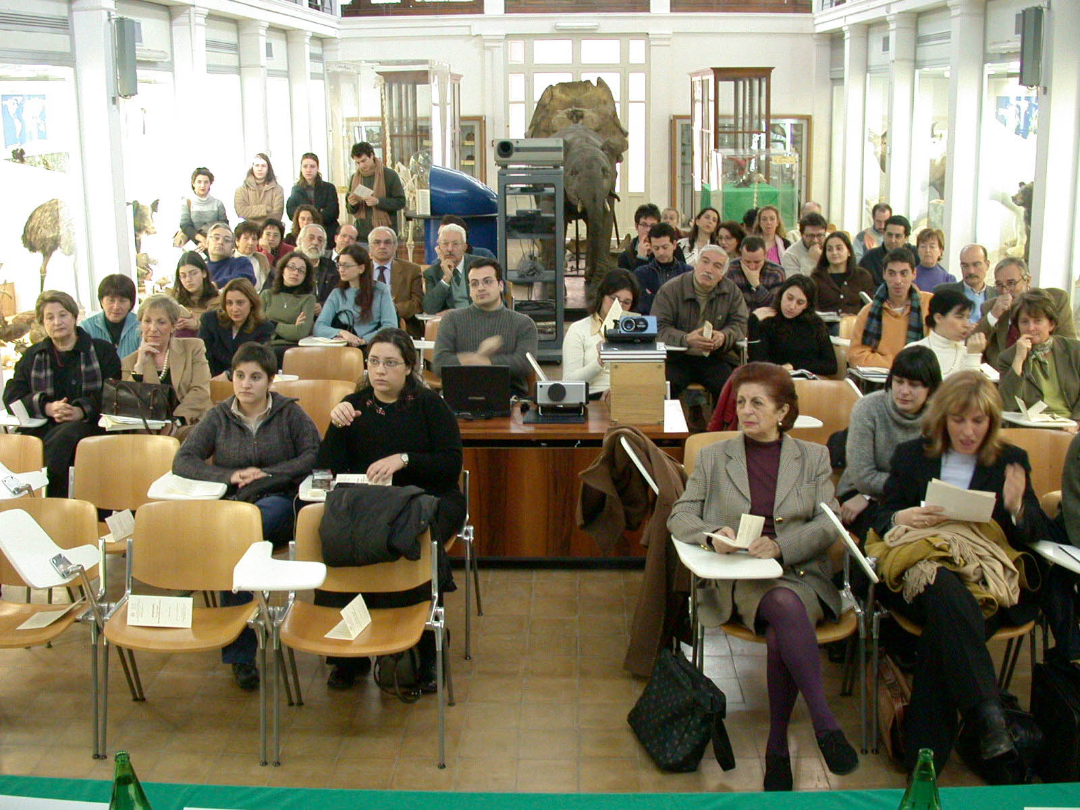
In 2017, for the third time since the museum was estabilished, due to strong water infiltrations from the terrace the first floor and the galleries were closed to the public and a renovation of the building's roofs and other important structural elements was started. For this reason, the museum was closed in October 2018 to allow the building's renovation and to carry out the urgent work that resulted from the age of the structure, the air conditioning system and from water infiltrations from the terrace. Once the construction side of the renovation works was completed in the summer of 2019, the structure was returned to the University and work began on the rearrangement of the museum exhibitions, following a new exhibition project that would involve the elimination of all the display cases and the re-arrangement of the specimens on open platforms. The set-up work will continue in the coming years with the exhibitions planned on the first floor of the main hall, but already from 9 July 2021 the structure with its new set-up, the third since its creation, has been inaugurated and made available to the public.
